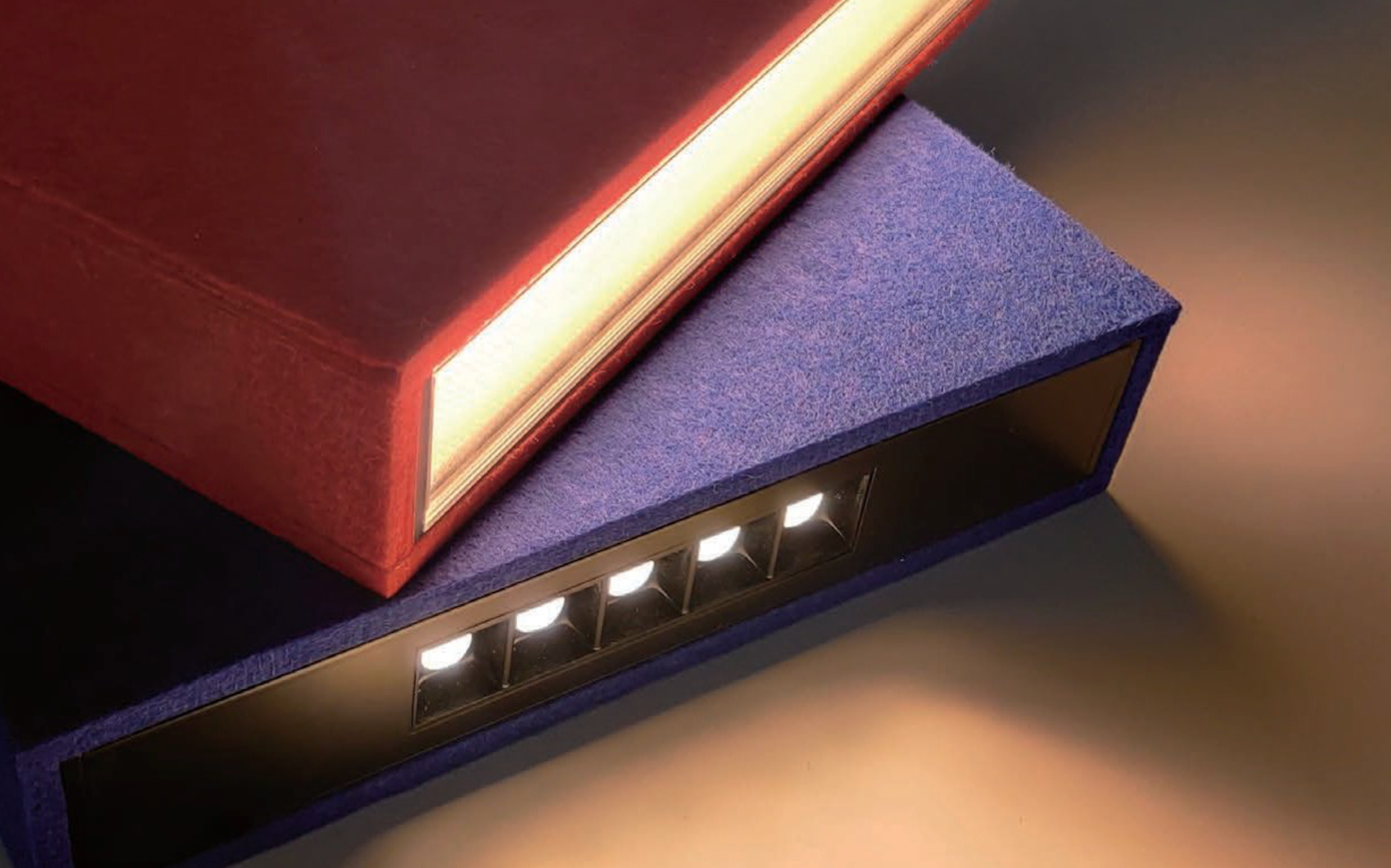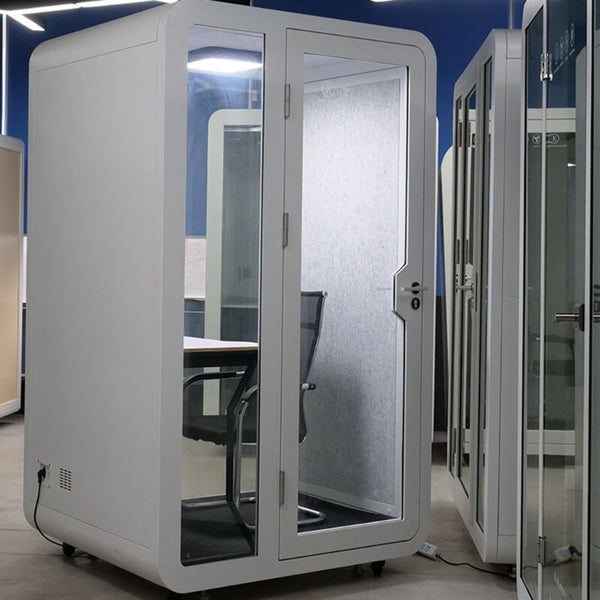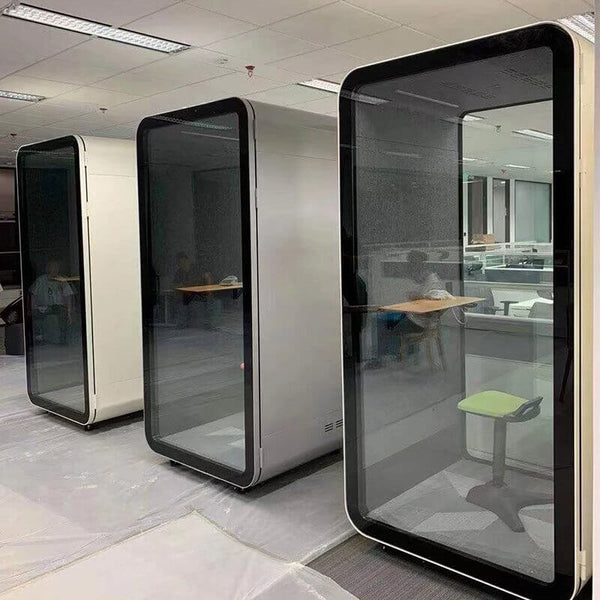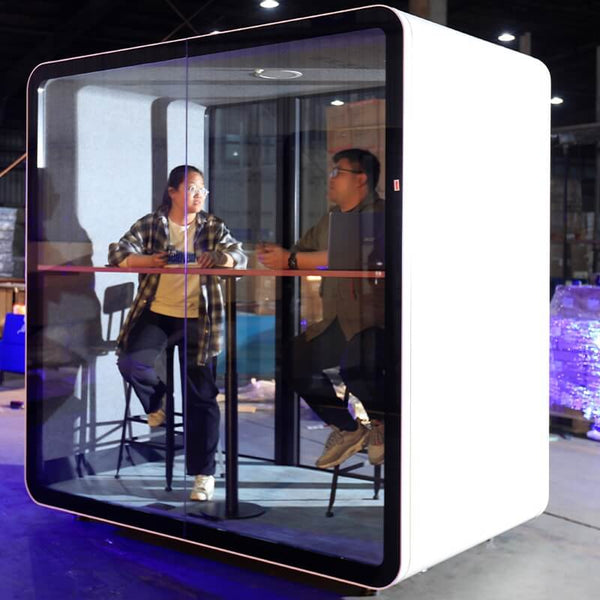
Designing Spaces with Acoustic Lighting
| henry han
Live Studio and Interview Spaces
Oftentimes, spaces, where many people congregate, can get quite loud. Reverberations of human voices can become intensified when a space isn’t treated properly for sound—creating a situation where people need to speak louder to be heard by the person they’re talking to. This only increases noise levels which ultimately leads to an unpleasant and stressful environment. This problem can be mitigated by incorporating acoustic materials and acoustic lighting into your space.
Uses and Benefits of Acoustic Lighting
There are a number of ways where this acoustic light fixture can be of great use. From your office to your home, or the cafe next corner, acoustic lighting can be used everywhere. Every place can make good use of acoustic lighting, especially those that experience crowding. When you visit a cafe amid your work break to spend a few relaxing moments, you expect peace. But crowding can shatter your plans. Here comes the use of acoustic lighting. If a cafe thinks about installing acoustic lighting, it will attract customers to spend their relaxing moments at that cafe.
Variety of Acoustic Lighting
Apart from the variety of uses and benefits, acoustic lighting also has a variety of designs and materials. To pick out the best one you should have an idea about its material and other specifications. Though all acoustic lightings absorb sounds, what kind of sounds will depend on your choices of density, size, and shape. You can either focus on low tones or high tones, whatever you experience the most, or want to get rid of the most.
Here are a few tips that should be kept in mind:
- Use more material if you want to absorb low tones. On the other hand, less material will be required to absorb high tones.
- The design and size should be enough to trap and absorb sound before it manages to escape out.
- Cone and circular shapes are some of the most useful shapes in acoustic lighting.
Here are some helpful acoustic lighting solutions, resources, design tips, and tools for incorporating acoustic materials into architectural spaces.
Definitions and Terms for Building Acoustics and Acoustic Lighting
Absorption Coefficient –
How much sound energy a surface absorbs at a specific frequency. For example, if a surface absorbed 25% of the energy and reflected 75% of the energy the sound at 500Hz, it would have an absorption coefficient of 0.25 at 500Hz.
NRC (Noise Reduction Coefficient) –
The average of a surface's absorption coefficients at 250Hz, 500Hz, 1000Hz, and 2000Hz which generally covers the range of human speech.
RT60 (Reverberation Time, -60dB) –
Within a space, the time it takes for a sound to "die-off" to the point that it is barely audible. This is equivalent to 60dB (decibels) of attenuation.
Equivalent Absorption Area –
The area of an equivalent surface made of perfectly sound-absorbing material. For example, a 10' by 10' surface with an NRC=0.50 would have a real area of 100 square feet, but an equivalent absorption area of 50 square feet (also known as imperial sabins).
Reverberant Noise Reduction (NR) –
Decrease in the level of background (reverberant) noise in space after adding acoustically-active objects. For reference, 1dB reduction is barely noticeable, 3dB is noticeable, and 6dB or more is very noticeable.




Leave a comment
Your email address will not be published.